New bat species discovered in Asia after six decades
Biologist and researcher Tharaka Kusuminda told the times online that local and foreign research team lead by him managed to identify a new species of bat which was previously mistakenly identified as another species.
He added that that the newly identified species bat species is found in Sri Lanka and India and is known as Miniopterus phillipsi, and Phillip's long-fingered bat in English.
This discovery is the first time that a new species of Miniopterus bat has been discovered in the country and India after eight decades. It is also the first time that a new bat species of this genus has been discovered in Asia after six decades. Animal specimens related to this new species of bat have been found from Sri Lanka and India before, but they have been identified as a different species of bat.
The morphological and genetic data of this species of bat has been used for this research, which was conducted under the initiative of Mr. Tharaka Kusuminda, PhD candidate of Ruhunu University.
“We have discovered that previously these bats were mistakenly identified as the species Miniopterus fuliginosus”, he said
However he point out that the species is spread only in the temperate climates of South Asia and the countries of the Southeast Asian region. This is the second time that genetic technology has been used to confirm the taxonomic status of a bat species in Sri Lanka. But it is very sad and the use of this technology scarcely has been the main reason why the real species diversity of bats living in our country has not been properly revealed for decades, according to the researchers.
This species of bat is named in honor of An English scientist, Mr. W.W.A. Phillips. Animal specimens collected from several places in Sri Lanka and a large number of animal specimens deposited in various museums of the world have been used for this research. Specimens of this new species have been found near the Bio Tea Garden Tea Estate located in Idalgashinna area and additional specimens have been found in Aranayak Sandaraja Forest, Thalawakele, Wellawaya Vaul Galge cave, Wavulpane limestone Cave.
This species of bat shows a general distribution in wet and intermediate environmental zones in our country and has been reported in several places in the dry zone. But this species of bats choose only rock caves and much similar places as their day roosts, which is a matter of more concern in their conservation activities. The destruction of ecosystems in the guise of informal development projects in our country is a major threat to them and the destruction of large rocks that provide them with habitats for the need of granite stones will directly affect the future survival of this bat species.
The last new species of bat introduced to the world from our country was in 1932 by Mr. W.W.A. Phillips. After that three bat species were reported from Sri Lanka. But in those three cases, it has only been confirmed that the range extension of these three species in to our country. Therefore, this new discovery can be considered as the first time to describe a new species of bat from our country to the world after 90 years. l.
, Dr. Amani Mannakkara of University of Ruhuna, former Professor Wipula Yapa of University of Colombo, Dr. Kanishka Ukuwela of Rajarata University of Sri Lanka, Mr. Rajika Gamage of Tea Research Institute of Sri Lanka, Mr. Chamara Amarasinghe of the Jetwing Yala Hotel, Mr. Mathisha Karunarathna of the Sandaraja Wilderness Tourism Center, Professor Bruce D. Patterson of the United States of America Field Museum of Natural History, as well as many scientists from Hungary, Switzerland, India, Russia and the United Kingdom have contributed for this study.
The researchers would like to express their gratitude to Mr. R. Gnanasegaran, Mr. Jude John, Mr. Daniel William, Mr. Chaminda Hapugoda, Mr. B. Manivanan, Mr. Lazarus and Mr. Theyagu and other staff, and to all those who supported the field work in any way. Also, the Director General of the Department of Wildlife Conservation (DWLC), Ms. Nishani Gunathilaka and the former Assistant Director of the Research and Training Division who gave the necessary permission to conduct this research and all the field officers of DWLC who supported this research. The research team also gratefully remembers the Director General of the National Museum of Sri Lanka (NMSL), the Assistant Director Ms. Lankani Somarathna, Ms. Chamalka Kothalawala and all staff members of NMSL who supported this research. National Research Council of Sri Lanka has provided financial support for this research.
full reaserch paper
https://bioone.org/journals/acta-chiropterologica/volume-24/issue-1/15081109ACC2022.24.1.001/DNA-Barcoding-and-Morphological-Analyses-Reveal-a-Cryptic-Species-of/10.3161/15081109ACC2022.24.1.001.full
-
Still No Comments Posted.



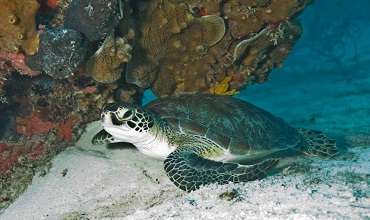
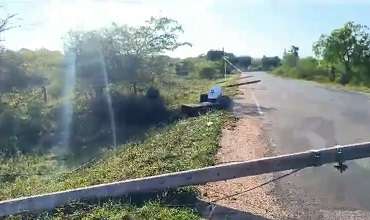

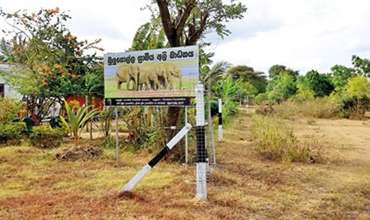
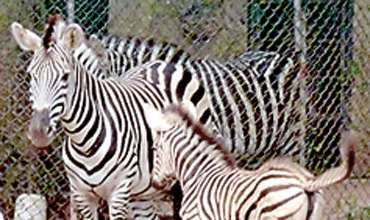






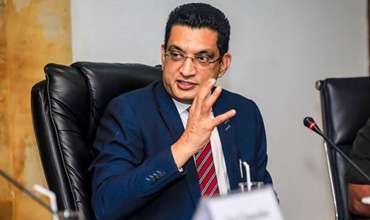

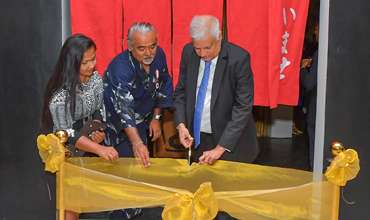

Leave Comments